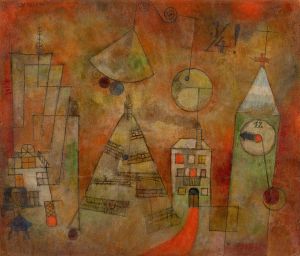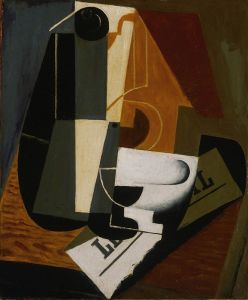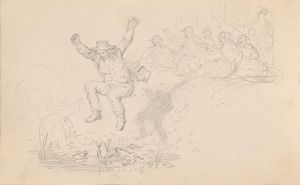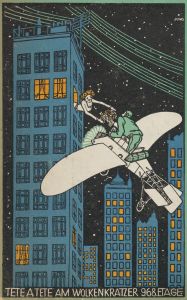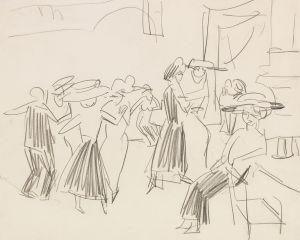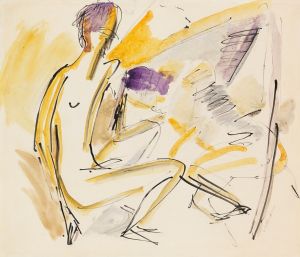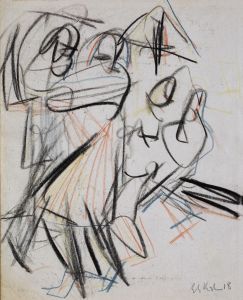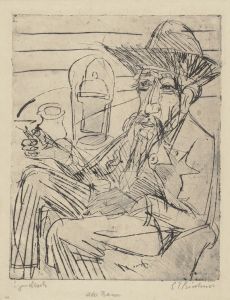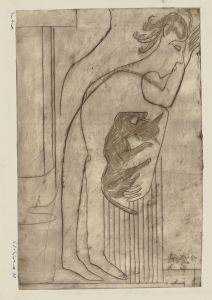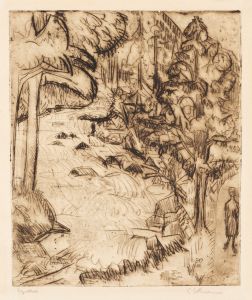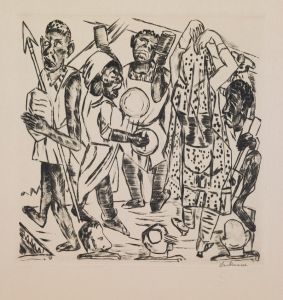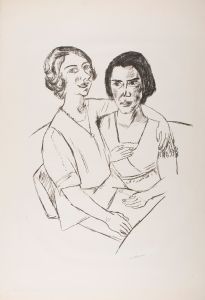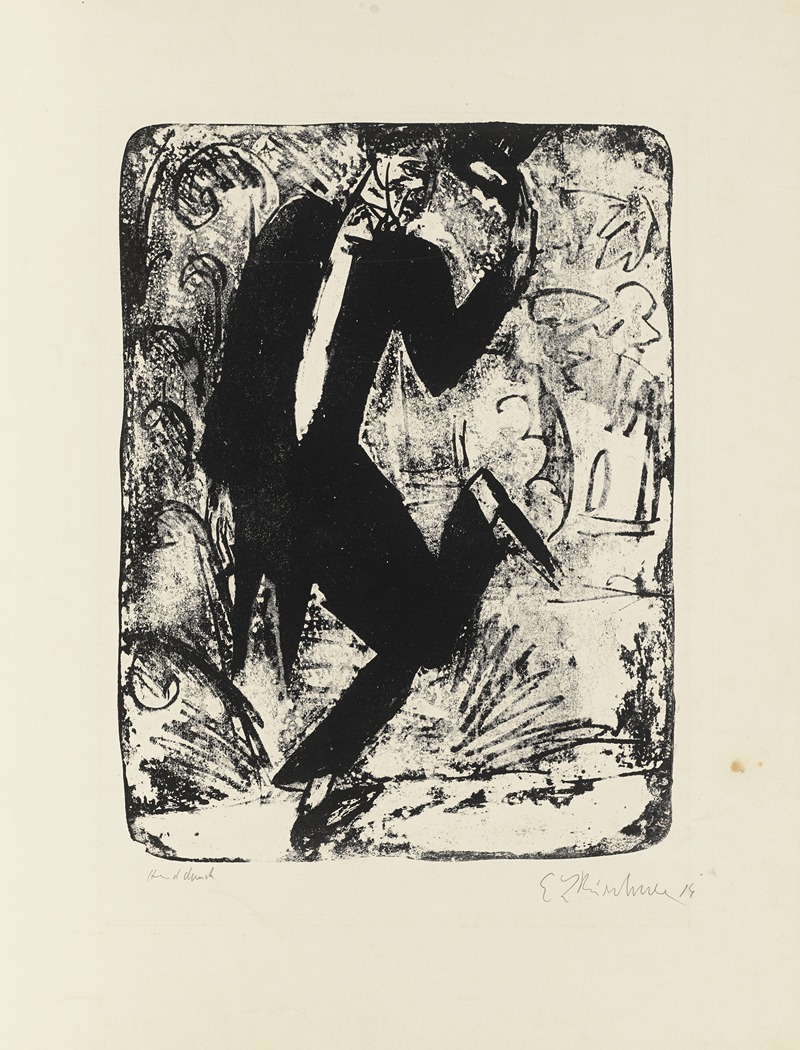
Stepptänzer
A hand-painted replica of Ernst Ludwig Kirchner’s masterpiece Stepptänzer, meticulously crafted by professional artists to capture the true essence of the original. Each piece is created with museum-quality canvas and rare mineral pigments, carefully painted by experienced artists with delicate brushstrokes and rich, layered colors to perfectly recreate the texture of the original artwork. Unlike machine-printed reproductions, this hand-painted version brings the painting to life, infused with the artist’s emotions and skill in every stroke. Whether for personal collection or home decoration, it instantly elevates the artistic atmosphere of any space.
Ernst Ludwig Kirchner, a prominent German expressionist painter and one of the founding members of the influential artist group Die Brücke, created a significant body of work that captures the dynamism and emotional intensity of early 20th-century life. Among his notable works is "Stepptänzer" (Tap Dancer), a painting that exemplifies his distinctive style and thematic interests.
Kirchner was born in 1880 in Aschaffenburg, Germany, and studied architecture in Dresden before fully committing to painting. His work is characterized by bold colors, dynamic compositions, and a focus on the human figure, often exploring themes of modernity and urban life. "Stepptänzer" fits within this context, as it reflects Kirchner's fascination with movement and the vibrancy of contemporary culture.
"Stepptänzer" was painted during a period when Kirchner was deeply engaged with the cultural life of Berlin, where he moved in 1911. The city, with its bustling streets and vibrant nightlife, provided ample inspiration for Kirchner and his contemporaries. The painting captures the energy and rhythm of a tap dancer, a subject that allowed Kirchner to explore movement and expression through his characteristic brushwork and color palette.
Kirchner's style in "Stepptänzer" is marked by its expressive use of line and color, which conveys the dynamism of the dancer's performance. The painting likely features exaggerated forms and a sense of immediacy, hallmarks of Kirchner's work that aim to evoke an emotional response from the viewer. His use of color is not merely representational but serves to enhance the emotional impact of the scene.
The painting reflects Kirchner's interest in the intersection of art and modern life, a theme that was central to the expressionist movement. Expressionism sought to convey subjective emotions and experiences rather than objective reality, and Kirchner's work often depicted the psychological undercurrents of urban existence. "Stepptänzer" can be seen as a celebration of the vitality and excitement of the modern world, as well as a commentary on the fleeting nature of performance and entertainment.
Kirchner's career was profoundly affected by the events of World War I and the subsequent political and social upheavals in Germany. Despite these challenges, he continued to produce art that captured the spirit of his time. His work, including "Stepptänzer," remains influential for its innovative approach to form and its exploration of the human condition.
Today, Kirchner is recognized as a key figure in the development of modern art, and his paintings are held in major collections worldwide. "Stepptänzer" contributes to our understanding of his artistic legacy and the broader context of expressionism. Through its vivid depiction of a tap dancer, the painting encapsulates Kirchner's ability to convey movement and emotion, making it a significant work within his oeuvre and the expressionist movement as a whole.





